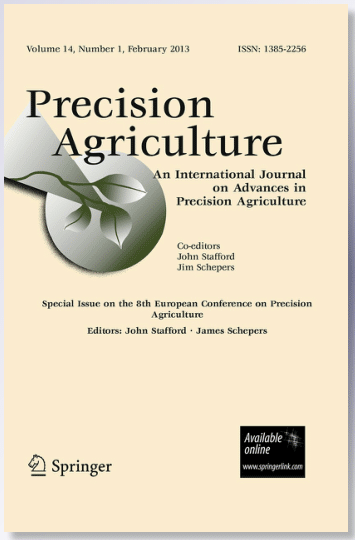Olive groves, often characterized by complex topography and highly variable soils, present challenges for delineating irrigation management zones (MZs). This study addresses this issue by examining the relevance of apparent electrical conductivity (ECa), elevation (Z), topographic wetness index (TWI) and time-series of Sentinel-2 NDVI imagery for delimiting MZs for variable rate irrigation (VRI) in a 40-ha olive grove in southern Spain. Principal Component Analysis (PCA) was employed to disentangle olive and grass cover NDVI patterns. PC1 represented the olive tree development patten and showed little relationship with soil properties, while PC2 was associated with the grass cover growth pattern and considered a proxy for water storage-related soil properties that are relevant for irrigation scheduling. An alternative analysis using NDVI percentiles yielded similar results but favored PCA for distinguishing between grass cover and olive tree development patterns. Correlation between NDVI and ECa varied seasonally (r > 0.60), driven by the grass cover dynamics. To assess also possible non-linear relationships, regression trees were used to estimate NDVI percentiles, emphasizing the importance of ECa, ECaratio, Z, and slope in predicting different NDVI percentiles. Fuzzy k-means zoning using ECa + Z resulted in four classes that best classified variables that are relevant for irrigation scheduling due to their relationship with soil water storage (e.g. clay content, P0.95 and PC2). Zonings based on ECa, ECa + Z + TWI and ECa + Z + TWI + NDVI yielded two zones that classified P0.95 and PC2 well, but not clay content. Therefore, the zoning based on ECa + Z was chosen as optimal in the context of this VRI applications. Our analysis showed how NDVI series can be used in combination with ECa and elevation to evaluate the effectiveness of different zoning approaches for developing VRI prescriptions in olive groves.



